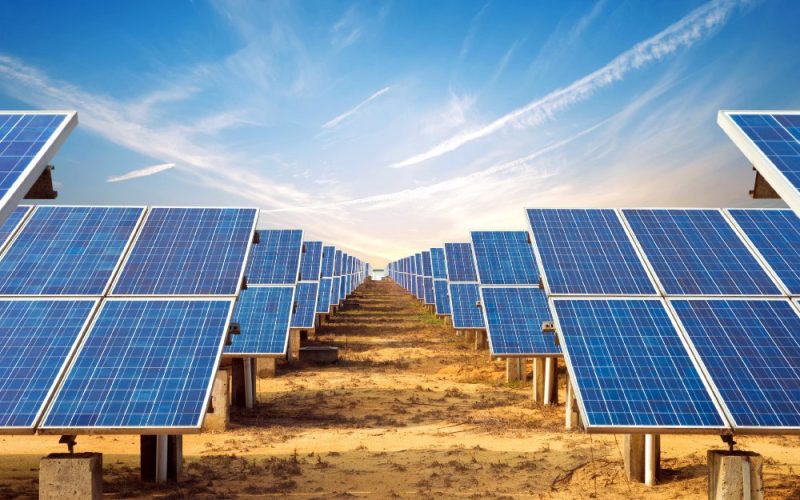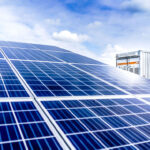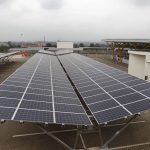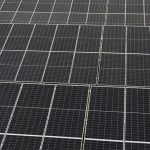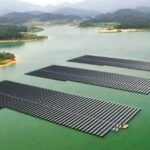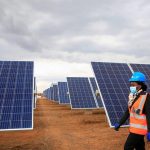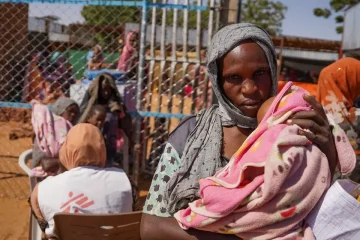BONFACE ORUCHO, BIRD STORY AGENCY
AFRICA is unlocking its vast solar energy potential to provide affordable and sustainable electricity not only to rural communities but also to commercial and industrial segments.
According to the Africa Solar Industry Association’s Solar Outlook 2023 report, the commercial and industrial segment registered a year-on-year growth of 61.5% in the previous year.
Overall, nearly 1 GW (949 MW) of additional solar energy was installed across the continent in 2022, a 14% year-on-year increment from the 833MW added to the grid in 2021.
With 284 MW, Angola had the most installations in 2022. The top five include Angola, South Africa (111.8 MW), Egypt (80 MW), Ghana (71.3 MW), and Mozambique (41.9 MW).
The report states, “Africa is now home to more than 10 GW of identified solar projects.”
While solar installation capacity in Africa has historically been driven by a limited number of “hot spots” such as South Africa, Morocco, and Egypt, more countries are now adopting solar initiatives.
Thirty countries across the continent have installed more than 1 MW, 16 countries installed more than 10 MW, and two countries have installed more than 100 MW.
With commercial and industrial solar installations already commanding a significant 30% of all solar installations in the continent, according to AFSIA, ongoing projects also favour the segment.
Increasing solar energy capacity in commercial and industrial processes is vital in aiding clean transition while ensuring energy sustainability.
This is particularly critical for countries such as South Africa where energy gaps from controlled power blackouts known as load-shedding have taken a toll on commercial and industrial functions.
The AFSIA report shows that 22.2% of all solar installations, in South Africa are centred on the commercial and industrial segments.
Worth noting is that non-government-led PV energy projects have also surged in the country. There is an approximate 9GW worth of solar energy under development, funded by non-government entities.
According to South Africa’s National Energy Crisis Committee (NECOM), more than 100 sites are being developed with capacities of up to 100MW.
These are in addition to the government-sponsored solar PV plants under the Renewable Energy Independent Power Producer Procurement Program, REIPPPP.
While the first of the unsubsidised plants is expected to be up and running by the end of 2023, solar is also poised to provide a much-needed energy source for the country’s national utility, ESKOM, with some 3,000 MW in the pipeline.
Farther north, Algeria is also keen to detach from fossil fuel-based energy options in commercial and industrial functions by leveraging on its solar energy projects.
With 99.8% of Algerians having access to electricity, mini-grids are not an immediate priority in the country.
The authors of the AFSIA outlook believe solar growth holds immense potential because of the growing attraction of solar for the corporate power purchase agreements (CPPAs) market model.
“CPPAs allow commercial and industrial customers to purchase renewable electricity directly from independent power producers (IPPs) at a pre-agreed price for a pre-agreed period (long-term)” it stated.
The association report also appreciates the solar PV energy projects’ spread, indicating that sector growth is not limited to conventional “hot spots” such as South Africa, Morocco, and Egypt. More countries are now adopting solar initiatives.
According to the report, thirty countries across the continent have installed more than 1 MW, 16 countries installed more than 10 MW, and two countries have installed more than 100 MW.
The International Energy Agency (IEA) forecasts solar PV will lead new capacity additions in Africa, reaching a total installed capacity of 125 GW by 2030.

